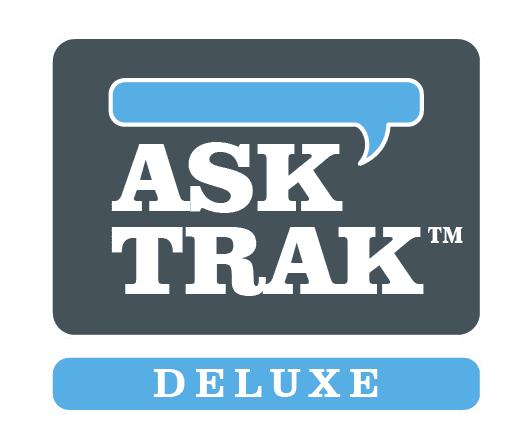Recently I finished a Half Ironman Triathlon in St. George, Utah. It was a great race: swimming 1.2 miles, biking 56 miles, and then running the half-marathon, 13.1 miles. That’s 70.3 miles in total! The elevation gain of just over 4,400 feet had me contemplating quitting. At times, it felt like torture. But I finished, and for me, I finished well, just 26 seconds shy of six hours. I was thrilled! I exceeded my expectations on a very tough course.
I believe three aspects of competing in an Ironman tie into being a financial advisor. Achieving success in racing and advising others on retirement planning requires thirst, training, and tools.
Thirst
The first aspect is thirst: I have to want it. I would have quit more than a dozen times during the race if I had not had the passion or the tenacity to finish it. The same is true of being a financial advisor. There will be hard days, weeks, months, and maybe even years. Some days you will want to throw in the towel. We all go through that. That’s why having a real thirst and hunger for being a financial advisor is important.
Training
Another shared aspect of racing and advising is training. This past year, when no one was looking, I was training. Swimming lap after lap in the pool. Pedaling hard on a stationary bike in my garage for up to four hours on Saturday mornings. Running for a couple of hours on Sundays. My body felt the pain. I also focused on my diet, feeding my body well so that it could perform better.
For advisors, too, training is key. Getting the most out of any training—not just in the beginning—requires continuing to develop your skills today so that tomorrow you can better serve your clients. It is hard work, which no one else notices until you get the opportunity to use it in front of others.
Tools
Racing and training have a third and final shared aspect, which I want to spend more time developing: having the right tools. For an Ironman, having the right tools for each type of athletic event is critical. The water was 62 degrees, requiring a wetsuit when I started my swim. Performing well on the bike ride requires the right type of bike in the right condition. And when I ran, my body had already covered over 57 miles, so I needed the right clothing and shoes so that I could perform efficiently.
Showing up with the wrong tools, even if it was good equipment, could have been disastrous. Showing up for the swim in football pads (no matter how good they may have been) would have meant I had the wrong tools for the event, and the event organizers would have fished my body out of the bottom of the reservoir. Similarly, having a one-speed bicycle would have meant spending a much longer period of time covering the 56 miles. Having the right tools is critical.
This is true for financial advisors, too. Having a single set of tools for various types of meetings really puts a damper on your effectiveness, and that’s even more true for virtual meetings. Using cumbersome software to present to your clients (or 401(k) participants) is like using a tricycle when trying to bike—I don’t recommend it.
The tools used in different meeting contexts must fit the dynamics of each meeting. Meeting in person, and especially virtually (where distractions are ubiquitous), is easier, more effective, and more engaging when you’re using tools that are simple, illustrative, and interactive.
Simple
“Simple” means starting with what your client understands. Too many advisors are committed to presenting multiple, complex aspects of financial planning. Most clients prefer simplicity, focusing on knowing whether they can retire well and, if not, how to get there. It can be so hard for advisors to stay away from the details, but try to simply provide enough information so your clients can take action and think for themselves. This will improve client engagement.
Illustrative
“Illustrative” means keeping away from the numbers, instead of using charts and graphs. This is not to say that numbers are unimportant. Accountants and engineers will indeed want to see them, but for most people simply seeing the data graphically is sufficient. Charts should be kept simple but provide enough information to be actionable for the client. What steps (besides getting a 20% rate of return) do they want to take next?
Interactive
“Interactive” is achievable when the first two criteria have been met. If you’ve used simple tools, your clients understand what you are communicating. And if you’ve used illustrative tools, your clients have a good idea of where they are at. Now you can ask them the key question that puts them in the driver’s seat for their retirement: “What do you want to change in this illustration?” That question will engage them in a way that few advisors are able to achieve.
Having the right tools for keeping your meetings simple, illustrative, and interactive can make your client meetings more productive than ever, whether they are virtual or in person.
Remember that successful financial advisors have many similarities with Ironman athletes: being thirsty to achieve your goals, having great training, and using the right tools for each meeting. Focusing on these three areas can help any and all advisors increase their success.



